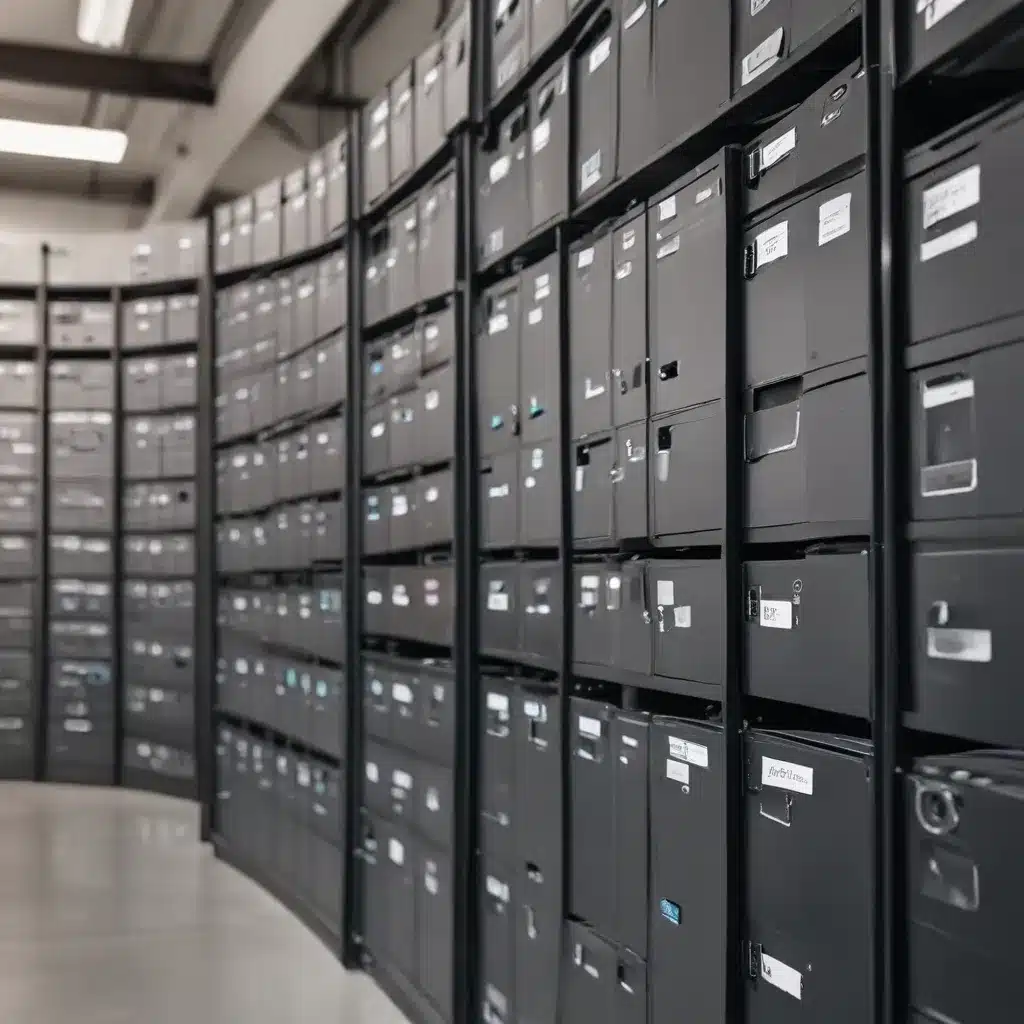
Understanding Android’s Storage Architecture
Android’s storage system can be a complex and confusing landscape for many users. However, with a deeper understanding of how it works, you can unlock powerful file management and storage solutions to optimize your Android experience.
At the core of Android’s storage are multiple partitions, each serving a specific purpose. The primary partition that users interact with is the /data partition, which contains your installed apps, their data, and the files you create and store. This partition is further divided into subfolders, such as /data/app for app installations and /data/data for app-specific data.
Another crucial partition is /storage/emulated, which is the user-accessible storage area. This is where you’ll find folders like DCIM, Music, and Downloads – the locations where your photos, music, and downloaded files are typically stored.
Portable vs. Adoptable Storage
Android devices often include an SD card slot, allowing you to expand your storage capacity. However, the way these SD cards are integrated into the system can have a significant impact on your file management experience.
Portable Storage (Pre-Marshmallow):
Prior to Android Marshmallow, SD cards were treated as portable, removable storage. Apps could not be directly installed on the SD card, and the card’s contents were isolated from the primary internal storage. This led to a disjointed user experience, as you had to manually manage which files were stored on the internal storage or the SD card.
Adoptable Storage (Marshmallow and later):
Android Marshmallow introduced the “adoptable storage” feature, which allows you to integrate an SD card seamlessly into the device’s storage. When you choose to “adopt” an SD card, it becomes part of the internal storage, and you can freely move apps, photos, and other files between the internal and adopted storage.
The primary benefit of adoptable storage is the ability to utilize the SD card’s capacity as an extension of your device’s internal storage, eliminating the need to constantly monitor and manage where your files are stored.
Leveraging Adoptable Storage
To take advantage of adoptable storage, simply insert an SD card into your Android device and follow the on-screen prompts to format it as adoptable storage. This process will encrypt the SD card and integrate it into your device’s storage system, making it transparent to the user.
Once the SD card is adopted, you’ll notice that the /storage/emulated folder now points to the combined internal and adopted storage. Apps and their data can be freely moved between the internal and adopted storage, and you can use the full capacity of the SD card without worrying about managing separate storage locations.
It’s important to note that the adoptable storage feature is not available on all Android devices, as it’s up to the device manufacturer to enable and implement it. However, many modern Android smartphones and tablets, including those running stock Android or Android One, do support adoptable storage.
Optimizing File Management
With a solid understanding of Android’s storage architecture and the adoptable storage feature, you can now take steps to streamline your file management experience.
-
Adopt an SD Card: If your device supports it, consider adopting an SD card as part of your internal storage. This will provide you with additional space for apps, photos, and other files, without the hassle of managing separate storage locations.
-
Leverage App-Specific Storage: Android apps can utilize the
/data/datafolder for their private data, ensuring that your personal information remains secure and isolated from other apps. Avoid storing sensitive or critical files in the user-accessible storage areas. -
Organize Your Files: Take advantage of the folder structure in
/storage/emulatedto keep your files well-organized. Use meaningful folder names and hierarchies to make it easier to find and manage your content. -
Utilize Cloud Storage: Consider integrating cloud storage services, such as Google Drive, Dropbox, or OneDrive, into your file management workflow. This can provide an additional layer of backup and accessibility, especially for important documents or media files.
-
Monitor Storage Usage: Regularly check your device’s storage usage and identify any apps or files that are consuming a significant amount of space. Consider moving large files to the adopted SD card or deleting unused content to free up storage.
-
Explore File Management Apps: While the built-in file manager in Android is functional, you may find third-party file management apps to be more feature-rich and user-friendly. Apps like Solid Explorer, FX File Explorer, or Mixplorer can offer advanced file organization, cloud integration, and other helpful tools.
By understanding Android’s storage architecture, leveraging adoptable storage, and implementing effective file management practices, you can unlock the full potential of your Android device’s storage capabilities, ensuring a seamless and organized digital experience.
Conclusion
Android’s file management and storage solutions have evolved significantly, providing users with more control and flexibility than ever before. By embracing adoptable storage and adopting best practices for organizing and managing your files, you can streamline your Android experience and make the most of your device’s storage capacity.
Remember, the key to effective Android file management is understanding the underlying storage system, adapting to the platform’s unique features, and staying organized. With these strategies in hand, you’ll be well on your way to a more efficient and productive Android usage.
For more information on IT solutions, computer repair, and technology trends, be sure to visit IT Fix, your go-to resource for expert insights and practical advice.












